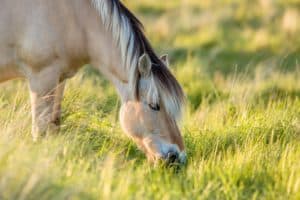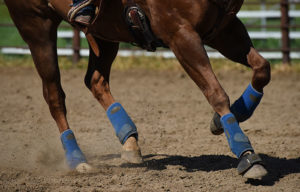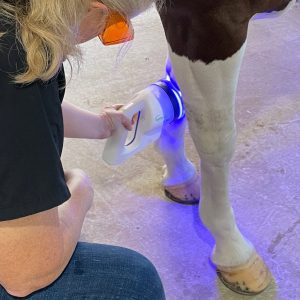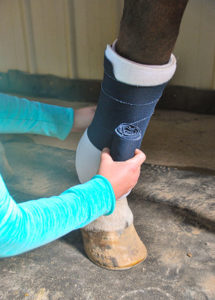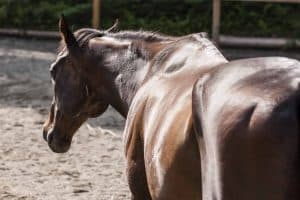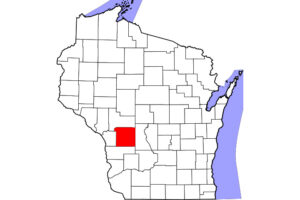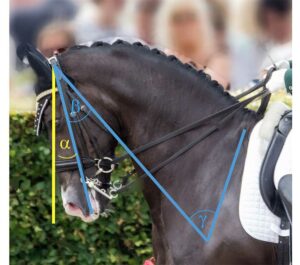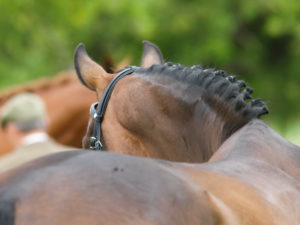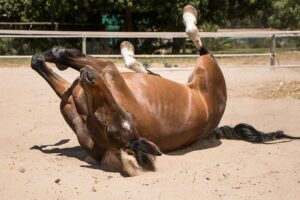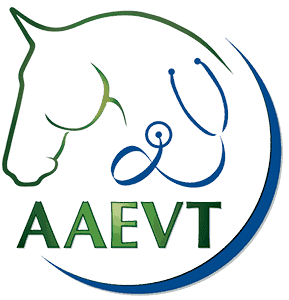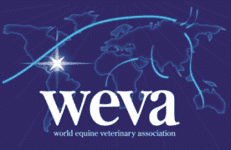Equine Sense of Smell
A mare lies in the straw, devotedly licking dry her newborn foal. As she does so, she breathes deeply of the baby’s scent, memorizing it so that ever after she can identify the foal as hers out of the herd.
A young gelding being turned out with a group for the first time trots optimistically towards his new pasturemates. Out of the herd swaggers the "alpha male" of the gelding group, neck arched and ears flicking back and forth. He meets the newcomer nostril to nostril, and both breathe deeply of the other’s scent. After several seconds of breathe-snuffling, the pair shift to sniff each other’s flanks, then under the tail. A couple of squeals ensue from the contact, then, introductions having been made, the alpha gelding accepts the new horse as a submissive youngster who won’t be a threat to his position, and the youngster immediately acknowledges the elder as his new leader. With the pecking order thus established, peace reigns in the herd.
A group of feral horses grazes in a valley, enjoying the late summer sun on their backs. Some 50 yards away from the herd, even the stallion seems relaxed, until he suddenly flings up his head. Nostrils flaring, he’s instantly on full alert, although his eyes can’t perceive any visible threat. The faint predatorial scent of a cougar has registered in his olfactory sensors, and it’s time to get his herd moving away from the danger.
All of these daily scenarios, and dozens more, show us that much of the information horses receive about their world is gained through their sense of smell. We humans, with our own feeble olfactory abilities, can hardly appreciate the extraordinary sensitivity and range of the equine nose, or the dozens of ways in which horses use their sense of smell to identify friends, seek sexual relationships, recognize territory, find appetizing meals, and sense danger. While we are vision-oriented, like most predators, horses rely far more on chemical messages in the air than on their relatively indistinct and largely monocular eyesight. Scent recognition plays such a large role in relationships that orphan foals are more readily accepted by nurse mares when they’re rubbed with the sweat or manure of their new adopted dams, or draped with the skin of the mare’s own dead foal. It’s even suspected that the famous ability horses have to find their way home from unfamiliar territory stems largely from their talent for retracing their steps by sniffing out their own footprints and manure markers along the trail
Create a free account with TheHorse.com to view this content.
TheHorse.com is home to thousands of free articles about horse health care. In order to access some of our exclusive free content, you must be signed into TheHorse.com.
Start your free account today!
Already have an account?
and continue reading.
Written by:
Karen Briggs
Related Articles
Stay on top of the most recent Horse Health news with

